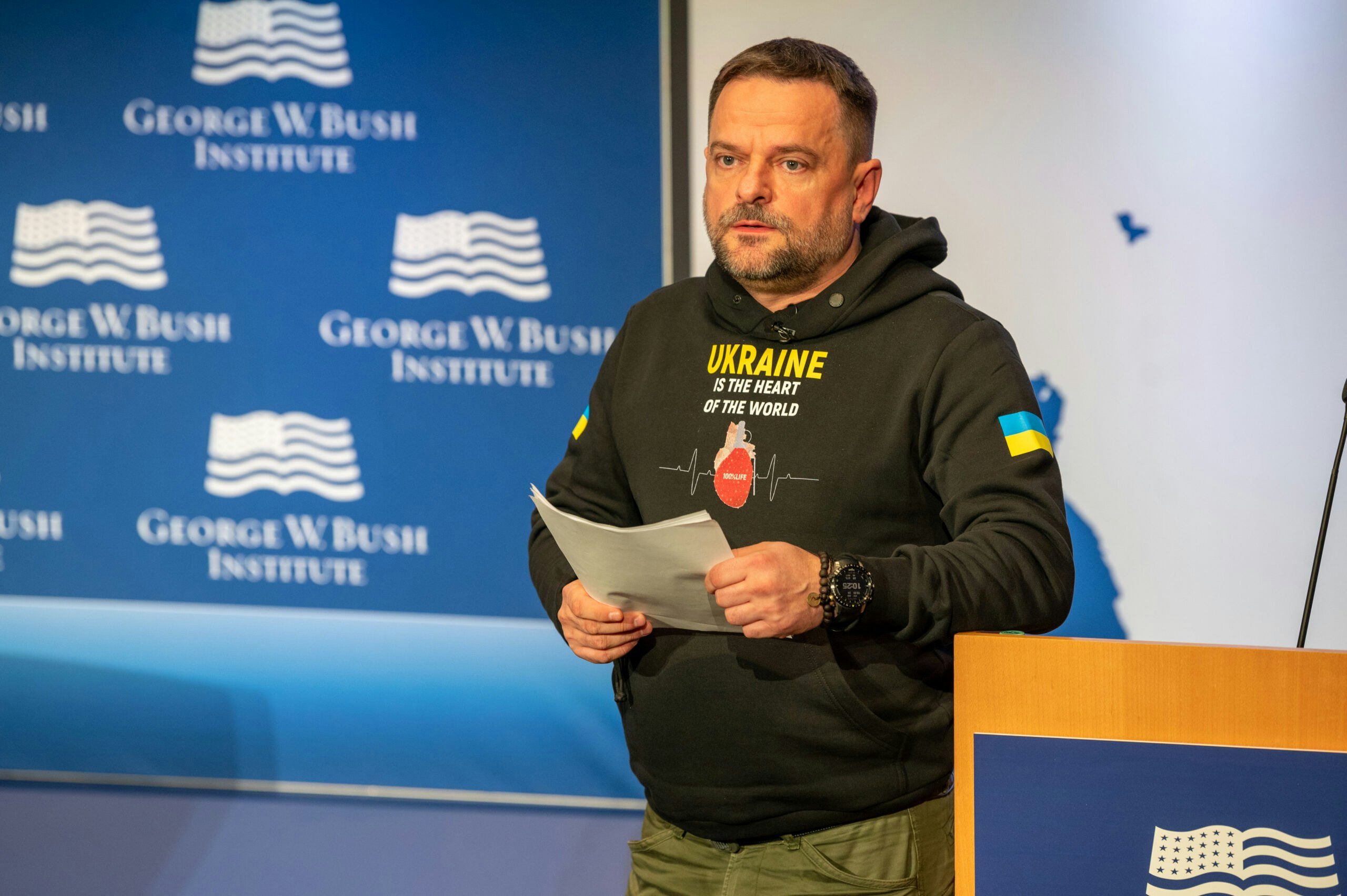Pink Ribbon Red Ribbon launched in two new countries in 2014 - Ethiopia and Namibia - and the first group of Ambassadors for the public-private...
Pink Ribbon Red Ribbon launched in two new countries in 2014 – Ethiopia and Namibia – and the first group of Ambassadors for the public-private partnership was introduced. President Bush and the First Ladies from the two countries made the announcements at the Investing in Our Future at the U.S.-Africa Leaders’ Summit, in Washington, D.C. in August. The summit was attended by first spouses from across Africa, an event to complement President Obama’s hosting of heads of state and government from the continent. The forum emphasized the critical role first spouses play in advancing pressing issues, especially for women and girls, and focused on the impact of investments in education, health, and public-private partnerships.
Highlights for the Pink Ribbon Red Ribbon program this year include the results in the countries where it’s previously been implemented. As of September 2014, in Zambia, Botswana, and Tanzania, over 130,000 women have been screened for cervical cancer; and over 5,200 women were screened for breast cancer. HPV vaccination continued in Zambia and Botswana, and to date, has reached 42,045 young adolescent girls with doses donated by PRRR partners. The partnership also added five new members.
During the week of World AIDS Day this year, Doyin Oluwole, Executive Director of Pink Ribbon Red Ribbon, wrote for the Huffington Post blog on the connection between HIV-vulnerable women and cervical cancer. The Bush Institute also interviewed Dr. Richard Nchabi Kamwi, Namibia’s Member of Parliament and Minister of Health and Social Services, about the success of the U.S. President’s Emergency Plan for AIDS Relief (PEPFAR), and the start of PRRR in his home country.
As Dr. Kamwi said in the interview: “Partnerships are crucial. They can ensure direct contact with intended beneficiaries, access to additional human and financial resources, and ownership of programs by communities and affected populations. This fully integrated approach is key to making a difference.”



























